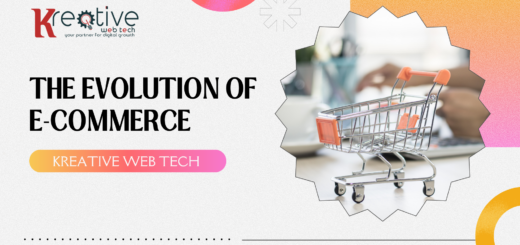6 Biggest UX design Guidelines for Creating a Great Website
Having a great website involves a lot of factors working together. Poor UX design will drive away users – your customers and potential customers – while great UX design will keep them coming back for more, and telling others about you!
To create a great website, it’s important to focus on the user. User experience (UX design) is about understanding your users and what they need and value from your website, while also taking into account your business goals.
Usability.gov describes this using Peter Morville’s “User Experience Honeycomb.” He states that in order for there to be a meaningful and valuable user experience, information must be:
| Useful | Your content should be original and fulfill a need |
| Usable | Site must be easy to use |
| Desirable | Image, identity, brand, and other design elements are used to evoke emotion and appreciation |
| Findable | Content needs to be navigable and locatable onsite and offsite |
| Accessible | Content needs to be accessible to people with disabilities |
| Credible | Users must trust and believe what you tell them |
Let’s look at some ways to ensure your website follows the path to achieving the UX honeycomb and providing a great experience.
Start With Business Objectives
In order to create a great website, the first principle is to clearly define and focus your business objectives. If you aren’t focused on a few specific goals, it will show in your website.
For instance, if you’re selling clothing online, and your goal is to increase sales of shirts in particular, that will define the UX design of the landing page of your website. The landing page can be designed to focus on the great selection of shirts you offer. It’s a simple example, but having focused objectives is a basic principle before proceeding.
Simple and Clear UX Design
One of the most important factors is to make your website simple to understand and navigate, and make the language, visuals and other information presented as clear as possible. This can vary depending on the topic – some are more complex than others – but consider your audience when you consider clarity.
For instance, if you’re writing for engineers, your language will be different than if your audience is purchasing clothing. But the principles of clarity and simplicity remain.
Make it Memorable
Achieve an emotional connection with your audience through effective use of graphics, layout, text and interactive elements. Make your website stand out without making it overwhelming.
Similar to advertising, users will often remember how the website made them feel rather than remembering all the content and data. Successful modern websites contain more visual and interactive qualities, which creates emotional responses and helps them stand out in a competitive Internet.
Narrow the Choices
Particularly if you are selling products, don’t give the users too many options. Too many choices gives the user the chance to make no choice – other than to navigate away from your website. It’s like going to a restaurant with a six-page menu – too many choices make it too difficult to choose. At a restaurant, you will make a choice because you have to eat. On your website, the user doesn’t have to do anything. The user can just leave the website.
Let’s use the clothing website as an example. If you’re selling a variety of clothing, bundle the options into a few choices and then provide the user with the chance to dig deeper if they want. Your categories could be “women” and “men,” with options inside those categories. Or “shirts” and “pants.” But you don’t want the first choices to be so many that the user navigates away. You can also develop effective filters that help users find exactly what they want before they become frustrated and leave.
Make it Easy to Scan and Act
Modern-day users scan and scroll through websites, they don’t read them. Infographics, visuals, and “news feed” type scrolls are becoming the norm for conveying instructions or data. Think about this when designing your content, and be sure to make it mobile-friendly. More and more users are using smartphones for everything they do.
As users are scanning, make it easy to act on your most important business objective. You can do this through visual hierarchy, which means drawing the eye using size or color.
Certain parts of your website will be more important, such as a call to action, a purchase button, a sign-up form or your value proposition. Think about the most important parts of your website, or where you want the user to click, and make those stand out. You can make those important links bigger, or use color. For instance, Amazon makes its “add to cart” button stand out by making it a different color than the surrounding page.
If Possible, Use Your Audience
When setting out to design your website, you need to define, know and understand your audience. That can go beyond developing the language, visuals and interfaces that target your audience. It can also mean using sample audiences for design tests, if possible. Enlisting users to do testing on your UX design is a great way to understand how people will use the website. Incorporating end users’ feedback into a UX design can be extremely valuable.
It’s also possible to gather feedback from users on a regular basis. As you launch and manage your website, you can incorporate requests to users for feedback on your site. Developing, launching and adapting your website is a powerful way to continue to meet the needs of your users.
Final Thoughts
When designing the website for your business, it’s important to keep the end-user in mind, and not just your business. Usability and the utility of your site will determine its success. The visitor and potential customer to your site will be the one in control of their actions on your site, including having the choice to navigate away. You want to be sure to make their experience so valuable that they will choose what you want – to sign up, to purchase, to contact you, etc. User-centric design is now the standard for successful website design.





